Problems Our Oceans Are Facing
Noise Pollution
Noise pollution from marine traffic interferes with dolphins and whales in a number of ways, from breeding to hunting. This is especially true for species that rely on echolocation to find prey. It can also make it difficult for them to accurately navigate and communicate with each other. The main sources of underwater noise pollution are from oil and gas companies, or naval operations.
Fishing Nets
Unfortunately, it’s not uncommon for whales and dolphins to get tangled up in fishing gear, like nets. Many whales and dolphins will have at least one close call in their lifetime, and some will escape more than once. But a whale or dolphin that becomes trapped may not be able to surface to breathe and can drown.
The Problem With Plastic
Humans produce many millions of tons of plastic. Some estimates suggest that at least 8 million tons of plastic debris end up in the ocean each year. A lot of this plastic enters through rivers that flow into the ocean. Once plastic is in a marine ecosystem, it can travel to remote parts of the world that are thought of as pristine. Did you know that plastic has even been found on the shores of uninhabited islands? This is a real problem for a number of reasons, but especially because marine animals often swallow plastic. For example, plastic bags can look like jellyfish to sea turtles, which can cause internal blockages and a painful death. By 2050, there will be more plastic in our oceans than fish if we fail to change course.
Dying Coral Reef
Coral reefs are important because they provide an ecosystem for thousands of species. Reefs may look like stone, but they’re actually made up of tiny invertebrates with hard exoskeletons. Singular coral polyps are linked together to form colonies. These reefs can be thought of as the rainforests of the ocean. A quarter of all marine species rely on these declining ecosystems for food, shelter, and spawning. Coral reefs also provide coastlines with shelter from storms and absorb carbon. The main threats to coral reefs are climate change and ocean acidification, but scientists are working to create more resilient corals in labs by introducing them to stressors then selectively breeding the corals that survive.
Mercury Pollution
Coal burning power plants are the main source of mercury pollution in our oceans, adding to the long list of reasons why developing renewable energies is so important. When mercury pollution enters the ocean, it stays there for a long time. Metals aren’t soluble in water, so mercury pollution is compounded over time, becoming toxic methylmercury as it enters the food chain. Why is mercury so dangerous to the environment? Methylmercury is able to enter the bloodstream, as well as cross the blood-brain barrier. Fish contaminated with mercury are eaten by larger ocean predators. As mercury levels work their way up the food chain, they become more concentrated.
Overfishing
Overfishing threatens the world’s oceans. When too many fish are removed from an ecosystem, the effects are felt far and wide. Not only are species often not given enough time to recover their numbers, due to growing demand, but such imbalances can be detrimental to other forms of marine life. Wasteful commercial fishing practices also result in bycatch. Bycatch includes fish or other marine species that are caught by accident. For example, dolphins become tangled in netting meant to trap tuna, and suffocate.
Ocean Acidification
Acidification occurs when there’s a drop in the ocean’s pH levels. When carbon is absorbed into the ocean, it changes the chemical composition of seawater by making it more acidic. Human activities are currently responsible for 43 billion tons of C02 per year. At least a third of these emissions are stored in the world’s oceans, but not without consequences to marine life. Acidification has far-reaching and devastating effects. Because acidification reduces carbonate in seawater, organisms with shells or exoskeletons may lack enough of a key element they need to survive. This includes corals, and certain species of plankton that large marine mammals feed on. In fact, some ocean water is already corrosive enough to erode shells.
Climate Change
Climate change is driving warmer ocean temperatures, causing sea levels to rise as glaciers melt. This is a real problem because our oceans are complex systems that exist in delicate balance. Temperature changes cause coral bleaching, unpredictable weather patterns, and loss of breeding habitats, among other things. It’s also worth noting that all of the heat being absorbed by the ocean will someday be released if we continue on this path. As greenhouse gasses continue to rise, we can expect to see more extreme weather events, as well as a significant loss of marine life. Whales and dolphins have an essential role in protecting marine habitats, as well as stabilizing our climate. Without them, other species and ecosystems will fail to thrive.

